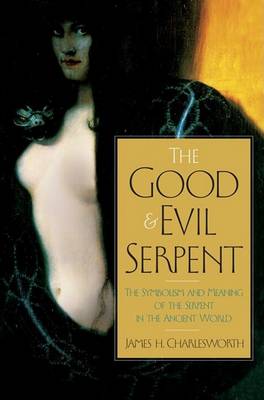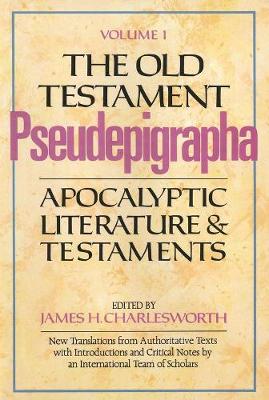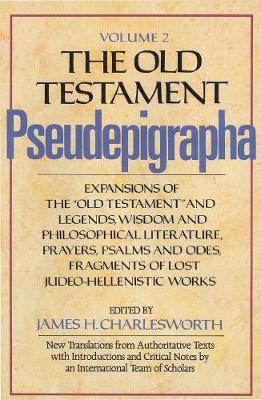The Anchor Yale Bible Reference Library
3 total works
A pathbreaking study of the serpent's symbolic meanings from 40,000 BCE to the present day
In a perplexing passage from the Gospel of John, Jesus is likened to the most reviled creature in Christian symbology: the snake. Attempting to understand how the Fourth Evangelist could have made such a surprising analogy, James H. Charlesworth has spent nearly a decade combing through the vast array of references to serpents in the ancient world-from the Bible and other religious texts to ancient statuary and jewelry. Charlesworth has arrived at a surprising conclusion: not only was the serpent a widespread symbol throughout the world, but its meanings were both subtle and varied. In fact, the serpent of ancient times was more often associated with positive attributes like healing and eternal life than it was with negative meanings.
This groundbreaking book explores in plentiful detail the symbol of the serpent from 40,000 BCE to the present, and from diverse regions in the world. In doing so it emphasizes the creativity of the biblical authors' use of symbols and argues that we must today reexamine our own archetypal conceptions with comparable creativity.
Expansions of the "Old Testament" and legends, wisdom and philosophical literature, prayers, psalms and odes, and fragments of lost Judeo-Hellenistic works.
Western culture has been shaped largely by the Bible. In attempting to understand the Scriptures, scholars of the last three hundred years have intensively studied both these sacred texts and other related ancient writings. A cursory examination reveals that their authors depended on other sources, some of which are lost and some of which have recently come to light. Part of these extant sources are the pseudepigrapha. Though the meaning of the word can be disputed by scholars, The Old Testament Pseudepigrapha is a collection of those writings which are, for the most part, Jewish or Christian and are often attributed to ideal figures in Israel's past.
The publication of Volume 2 now completes this landmark work. Together with Volume 1, Apocalyptic Literature and Testaments, these new translations present important documents, many for the first time in English, for all those "People of the Book" to study, contemplate, and understand.
This second volume contains: Expansions of the "Old Testament" and Legends Clarifications, enrichments, expansions, and retellings of biblical narratives. The primary focus is upon God's story in history, the ongoing drama in which the author claims to participate. Wisdom and Philosophical Literature Various collections of wise sayings and philosophical maxims of the Israelites. Prayers, Psalms and Odes Until recently, the Davidic psalms were considered to be the only significant group of psalms known by the Jews. This is no longer true. This section presents other collections of hymns, expressions of praise, songs of joy and sorrow, and prayers of petition that were important in the period 100 b.c. to a.d. 200. Fragments of Lost Judeo-Hellenistic Works After the Babylonian exile, Judaism increasingly began to reflect ideas associated with the Persians, Greeks, and Romans, often filtered through the cultures of Syria and Egypt. These fragments are examples of how this mix of cultures influenced Jewish writings.
Together, both volumes of The Old Testament Pseudepigrapha present literature that shows the ongoing development of Judaism and the roots from which the Christian religion took its beliefs. Using the very latest techniques in biblical scholarship, this international team of recognized scholars has put together a monumental work that will enhance the study of Western religious heritage for years to come.


